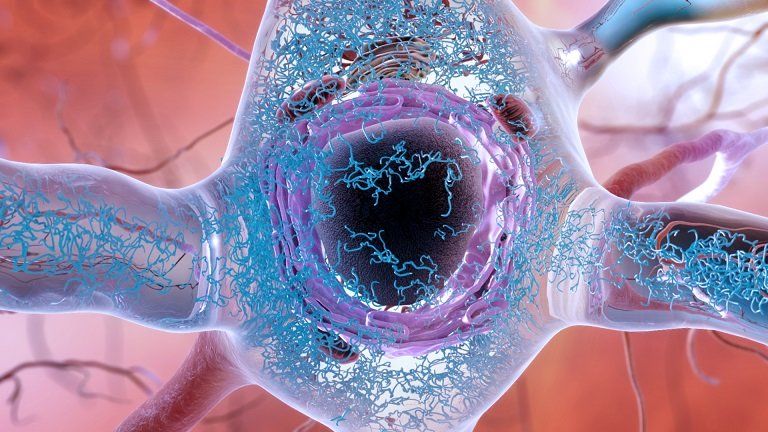Scientists have discovered a “Big Bang” of Alzheimer’s disease – the precise point at which a healthy protein becomes toxic but has not yet formed deadly tangles in the brain.
A study from UT Southwestern’s O’Donnell Brain Institute provides novel insight into the shape-shifting nature of a tau molecule just before it begins sticking to itself to form larger aggregates. The revelation offers a new strategy to detect the devastating disease before it takes hold and has spawned an effort to develop treatments that stabilize tau proteins before they shift shape.
“This is perhaps the biggest finding we have made to date, though it will likely be some time before any benefits materialize in the clinic. This changes much of how we think about the problem,” said Dr. Marc Diamond, Director for UT Southwestern’s Center for Alzheimer’s and Neurodegenerative Diseases and a leading dementia expert credited with determining that tau acts like a prion – an infectious protein that can self-replicate.










Comments are closed.